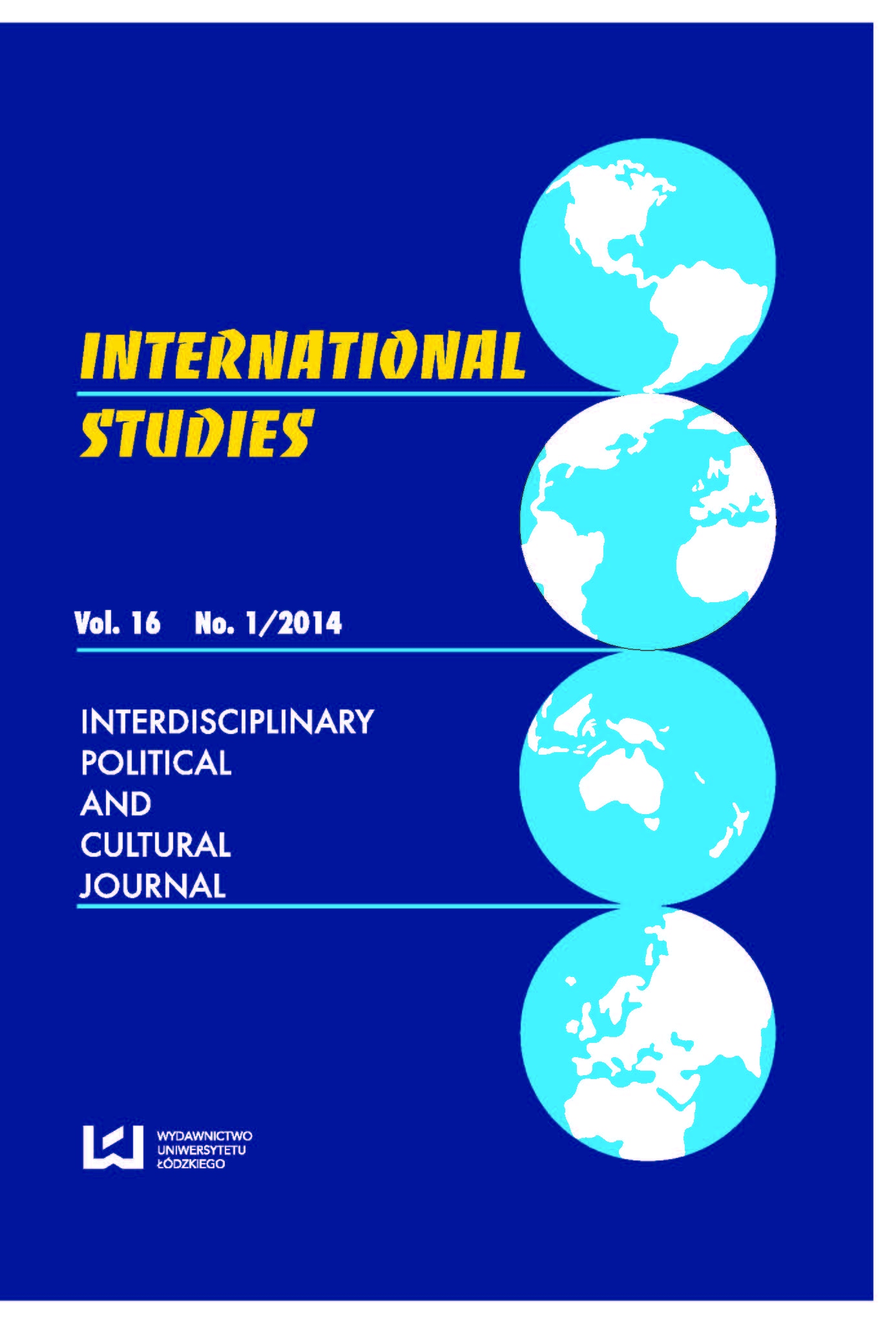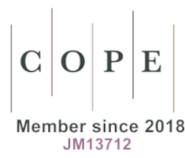How to Represent Female Identity on the Restoration Stage: Actresses (Self) Fashioning
DOI:
https://doi.org/10.2478/ipcj-2014-0007Keywords:
Actresses, Restoration, Bracegirdle, Gwyn, gender notions, deployment of alliance, deployment of sexualityAbstract
Despite the shifting ideologies of gender of the seventeenth century, the arrival of the first actresses caused deep social anxiety: theatre gave women a voice to air grievances and to contest, through their own bodies, traditional gender roles. This paper studies two of the best-known actresses, Nell Gwyn and Anne Bracegirdle, and the different public personae they created to negotiate their presence in this all—male world. In spite of their differing strategies, both women gained fame and profit in the male—dominated theatrical marketplace, confirming them as the ultimate “gender benders,” who appropriated the male role of family’s supporter and bread-winner.
Downloads
References
Aston, Anthony. “A Brief Supplement to Colley Cibber, Esq; His Lives of the Late Famous Actors and Actresses.” qtd. in Cibber, Colley. An Apology for the Life of Mr. Colley Cibber Written by Himself: vol II. Ed. Robert W. Lowe. 1889. 299-318. Project Gutenberg: Free ebooks. www.projectgutenberg.org. Last accessed: 1-21-2014.
Google Scholar
Bush-Bailey, Gilly. Treading the Bawds: Actresses and Playwrights on the Late-Stuart Stage. Manchester: Manchester University Press, 2006.
Google Scholar
Cibber, Colley. An Apology for the Life of Mr. Colley Cibber Written by Himself: vol I. Ed. Robert W. Lowe. 1889. Project Gutenberg: Free ebooks. www.projectgutenberg.org. Last accessed: 1-21-2014.
Google Scholar
Findlay, Alison. Playing Spaces in Early Women’s Drama. Cambridge: Cambridge University Press, 2006.
Google Scholar
Fletcher, Anthony. Gender, Sex, and Subordination in England, 1500-1800. New Haven: Yale University Press, 1999.
Google Scholar
Foucault, Michel. The History of Sexuality: An Introduction. New York: Vintage Books, 1990.
Google Scholar
Holland, Peter. The Ornament of Action: Text and Performance in Restoration Comedy. Cambridge: Cambridge University Press, 1979.
Google Scholar
Howe, Elizabeth. The First English Actresses: Women and Drama 1660-1700. Cambridge: Cambridge University Press, 1992.
Google Scholar
Laqueur, Thomas. “Orgasm, Generation, and the Politics of Reproductive Biology.” The Making of the Modern Body: Sexuality and Society in the Nineteenth Century. Ed. Thomas Laqueur & Catherine Gallagher. Berkeley: University of California Press, 1987. 1-41.
Google Scholar
Laqueur, Thomas. Making Sex: Body and Gender from the Greeks to Freud. Massachussetts: Harvard University Press, 1990.
Google Scholar
Pearson, Jacqueline. The Prostituted Muse: Images of Women and Women Dramatists, 1642-1737. New York: St. Martin’s Press. 1988.
Google Scholar
Pearson, Jacqueline. “The Least Certain of Boundaries: Gendered Bodies and Gendered Spaces in Early Modern Drama.” SEDERI 13 (2003): 163-181.
Google Scholar
Perry, Gill Roach, Joseph & West, Shearer. The First Actresses: Nell Gwyn to Sarah Siddons. London: National Portrait Gallery Publications. 2011.
Google Scholar
Shevelow, Katherine. Women and Print Culture: The Construction of Femininity in the Early Periodical. London: Routledge. 1989.
Google Scholar
Straub, Kristina. Sexual Suspects: Eighteenth-Century Players and Sexual Ideology. Princeton: Princeton University Press. 1992.
Google Scholar
Wilson, John Harold. All the King’s Ladies: Actresses of the Restoration. Illinois: The University of Chicago Press. 1958.
Google Scholar
Downloads
Published
How to Cite
Issue
Section
License

This work is licensed under a Creative Commons Attribution-NonCommercial-NoDerivatives 4.0 International License.

















